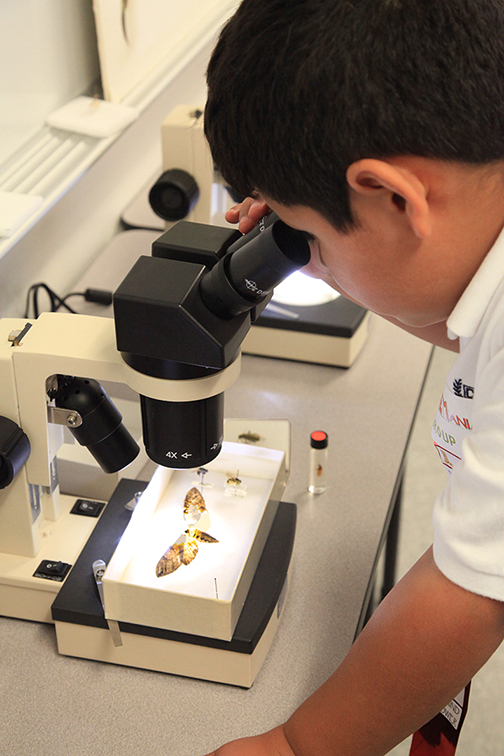Parents, here’s a Christmas idea for your kids. A hand lens, an insect net, a set of pins and an insect collection box could provide a doorway to the love of nature for your child. For some kids an insect collection can be the best way to learn about insects and connect with the outdoors. Photography is also good, but collecting engages all the senses in ways that a camera cannot.
Many entomologists got their start collecting insects. An insect collecting kit as a Christmas present got one of my entomologist friends started on his lifelong love of insects. And though young entomologists more often than not drift into other interests, like biology or medicine or other sciences, one thing I know: Anyone who spends much of their childhood in the woods and fields hunting insects (or snakes or frogs, or whatever) will love nature more than someone who did not. And goodness knows, our planet needs these kids more than ever.
A 2016 publication by the Louisiana State Arthropod Museum, and the Clemson University Arthropod Collection, provides a great introduction for anyone wanting to start their own insect collection. Click here to download your copy The two page brochure provides simple instructions starting with how to get specimens for your collection, where to get the basic supplies, and how to pin your catch.
To this I would add these simple recommendations:
- You can buy a whole collecting kit online, or just the few key items.
- A student insect net is a great place to start.
- A hand lens is essential to examine your catch.
- Insect boxes range from small cardboard to small tight-fitting wood to full sized, Cornell drawer. You can even make your own boxes and collection cabinets if you are good at working with wood.
- You can buy killing jars, but it’s more fun to make your own with a sturdy glass jar and some plaster of Paris.
At this point, you may be asking yourself if you want to encourage your child to kill things. Great question! No gentle soul likes to kill something, but an insect collection with real insects is the best way to know the true identity of an insect. And all knowledge of insects starts with an actual collection. You shouldn’t worry about endangering an insect population through collecting. The benefit to nature from a child getting to interact with, respect and even love his or her catches will far outweigh the sacrifice of a few insect lives (and insects have very short lives).
A butterfly-collecting acquaintance of mine maintains a large personal collection at his home. He will tell you that each of his specimens, along with the labels he painstakingly recorded collection data on, represents a memory and a connection with the place where it was collected. Hunting and fishing probably come closest to a similar bond, but insect collecting is, I think, more personal.
Lastly, if your child loves being outdoors and learning about all kinds of animals and plants, consider 4-H. It provides a great opportunity for kids both in rural and urban settings. Two of my entomologist friends and colleagues got their start in 4-H by making a collection (1st place insect collections at the Minnesota and Indiana State Fairs!). If you’re in Texas and want to learn more, check out the entomology site for Texas 4-H. Not all counties will have an organized entomology club, but some do. And you can always be the one to start one.
